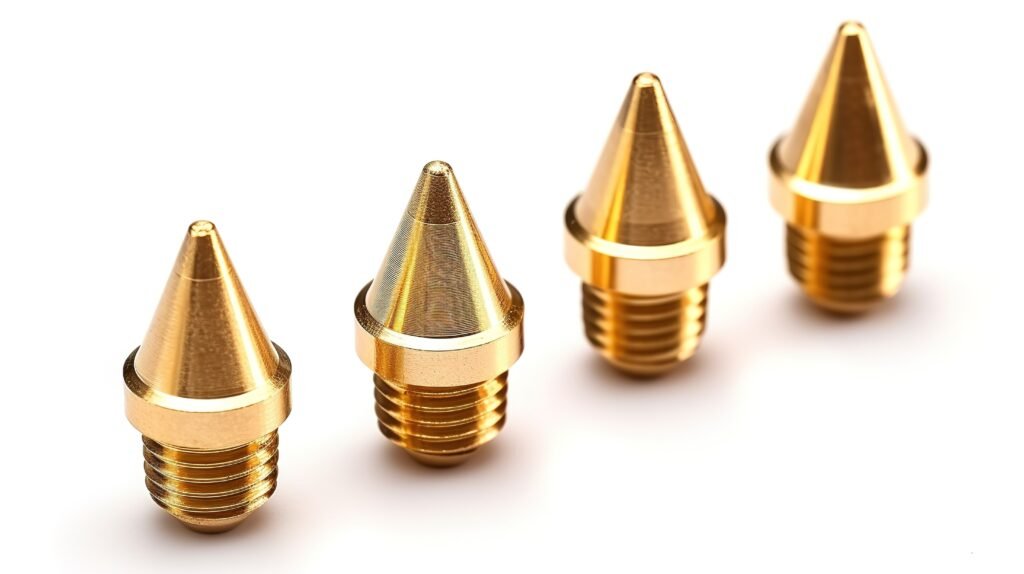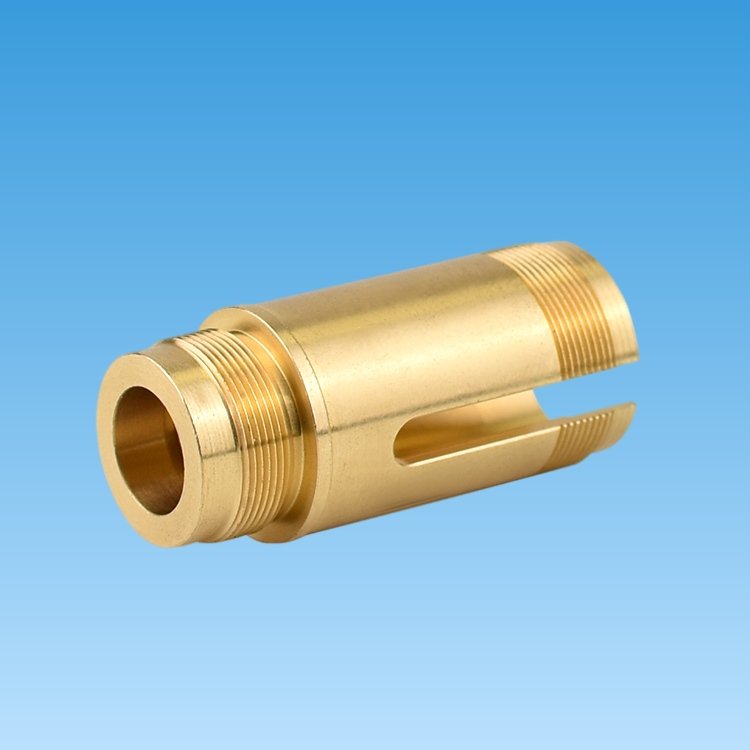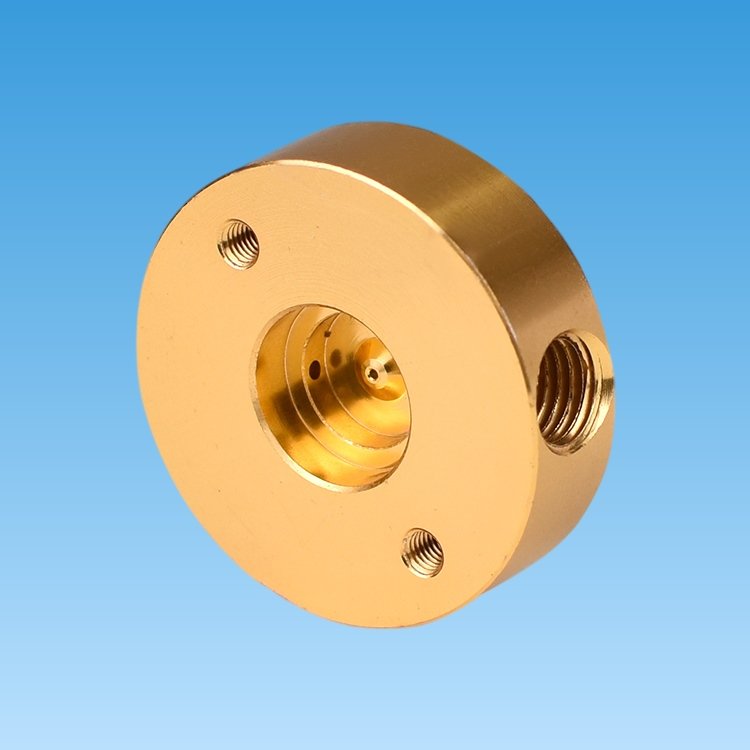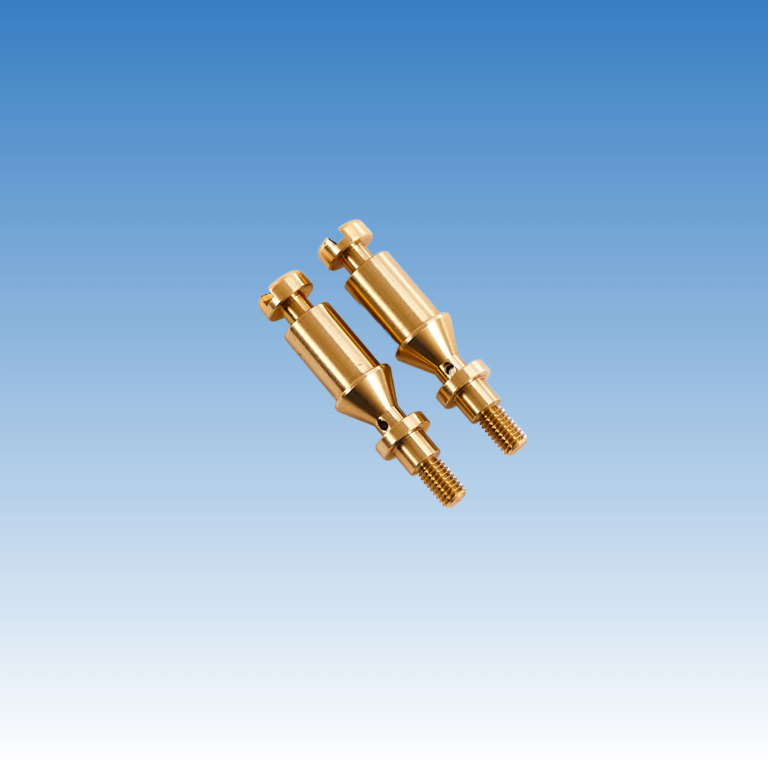Copper fasteners aren’t just chosen for color or softness—they offer serious benefits in environments where conductivity and corrosion resistance matter most.
Copper fasteners provide excellent electrical conductivity and natural corrosion resistance, making them ideal for electrical, marine, and industrial applications where reliability over time is critical.

Over the years, I’ve helped clients in electronics and marine industries source copper and copper-alloy fasteners. Many of them ask: "Isn’t stainless steel enough?" The answer depends on the environment and performance needs. Copper fasteners shine in areas where electrical current, salt air, or moisture exposure is constant. Let’s break down why—and how to use them right.
What are the advantages of copper alloys?
Pure copper is too soft for some mechanical loads, but copper alloys provide a good mix of strength, durability, and resistance.
Copper alloys offer improved mechanical strength, enhanced corrosion resistance, and retained electrical conductivity, making them suitable for tough environments and long-lasting connections.

In many projects, I don’t use pure copper fasteners. Instead, I recommend brass or bronze depending on the needs. Brass (copper + zinc) balances cost and strength, while bronze (copper + tin or other elements) gives higher wear and corrosion resistance. For clients like Oliver who work with electronics, brass fasteners often offer the best cost-to-performance ratio.
Common Copper Alloys for Fasteners
| Alloy Type | Main Elements | Key Features | Typical Use |
|---|---|---|---|
| Pure Copper | ~99% Copper | Highest conductivity, very soft | Electric contacts, grounding systems |
| Brass | Copper + Zinc | Good strength, corrosion resistance | Terminal bolts, electrical panels |
| Bronze | Copper + Tin | High wear and marine corrosion resistance | Marine fasteners, high-load connectors |
| Beryllium Copper | Copper + Be | High strength, good conductivity | Precision connectors, aerospace fasteners |
By choosing the right alloy, I help my clients get both performance and durability—especially in areas where other materials would fail due to oxidation or rust.
How to prevent corrosion in copper?
Even copper corrodes under certain conditions, especially when exposed to air pollutants or chemicals. But the right strategies can minimize it.
To prevent copper corrosion, use protective coatings, avoid contact with incompatible metals, and control the surrounding environment’s humidity and acidity.
In one project, a client used uncoated copper nuts in a sulfur-heavy environment. Within weeks, green corrosion (patina) showed up. After that, we switched to coated brass fasteners and isolated them from other metal contact. The corrosion stopped. Lesson learned—protection is as important as material choice.
Copper Corrosion Prevention Tips
| Strategy | Why It Works | My Recommendations |
|---|---|---|
| Surface Coating | Acts as a barrier to air/moisture | Apply lacquer, epoxy, or anti-oxidation oil |
| Avoid Galvanic Contact | Prevents electrochemical corrosion | Use insulating washers between metals |
| Environmental Control | Reduces corrosion triggers | Seal boxes, avoid high-SO₂ zones |
| Use Corrosion-Resistant Alloy | Increases resistance inherently | Choose bronze or beryllium copper if needed |
If the part will be exposed to seawater or acid vapors, I also recommend regular inspections. Copper corrodes slowly, but once patina forms, it can lead to electrical resistance build-up or mechanical loosening.
What is the relationship between conductivity and corrosion?
Conductivity and corrosion are connected—especially when electricity is present in a corrosive environment.
High conductivity means more efficient current flow, but it can also speed up corrosion if dissimilar metals create a galvanic cell under moisture.
I’ve seen cases where copper fasteners in contact with aluminum created rapid pitting corrosion due to galvanic reactions. That’s why I always check the entire system—wire, terminal, and fastener—to ensure metal compatibility. Sometimes the right answer isn’t just a better fastener, but using the same metal across all parts in contact.
Conductivity and Corrosion Relationship
| Factor | Impact on Conductivity | Impact on Corrosion Risk |
|---|---|---|
| Copper (same metals) | Stable, high current | Low corrosion if dry or sealed |
| Dissimilar metals | Unpredictable | High corrosion if moisture present |
| Coated fasteners | Slight resistance added | Lower corrosion if coating stays intact |
| High humidity | No direct effect | Increases corrosion with dissimilar metals |
To ensure both conductivity and longevity, I use matching metal systems or apply isolating hardware like nylon washers or sleeves.
Does high conductivity cause corrosion?
Many clients assume high conductivity speeds corrosion—but it’s not that simple.
High conductivity itself doesn’t cause corrosion. But when combined with dissimilar metals and moisture, it can accelerate galvanic corrosion through electrochemical reaction.

Think of it this way: copper is a great conductor, but when it’s connected to a less noble metal like aluminum, the aluminum corrodes, not the copper. That’s because copper “pulls” electrons from the less noble metal. This makes it stable, but damaging to the other metal. So the real risk is in metal pairing and moisture—not the conductivity alone.
Galvanic Series (Simplified)
| Noble Status | Metal | Corrosion Risk When Paired with Copper |
|---|---|---|
| More noble | Gold, Platinum | Very low |
| Stable | Copper, Brass | Low when dry |
| Less noble | Steel, Zinc, Aluminum | High in moist environments |
| Very reactive | Magnesium | Very high risk |
When I send fasteners to clients who work with mixed metals, I always advise either isolation or matching materials. It’s a small step that saves big problems later.
Conclusion
Copper fasteners offer unmatched conductivity and natural resistance—but to get their full benefit, you need to choose the right alloy, prevent galvanic corrosion, and match metals carefully.


